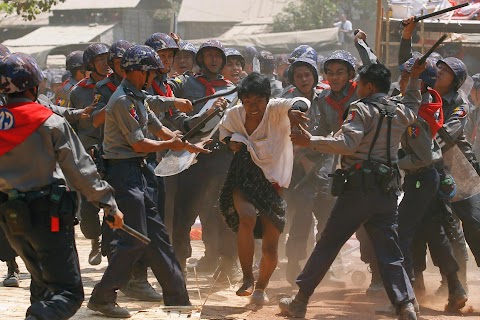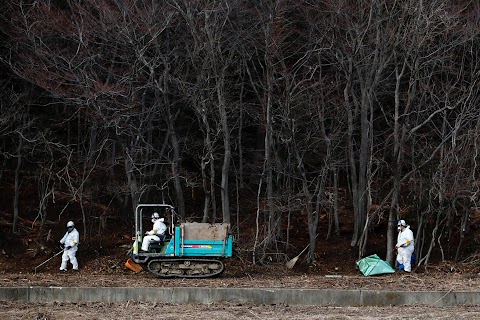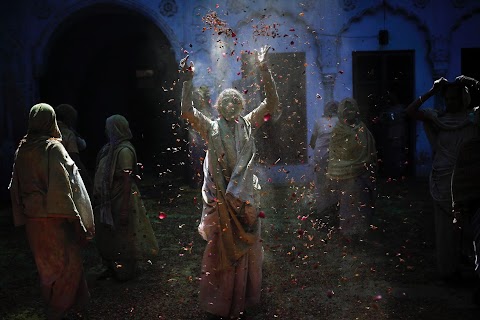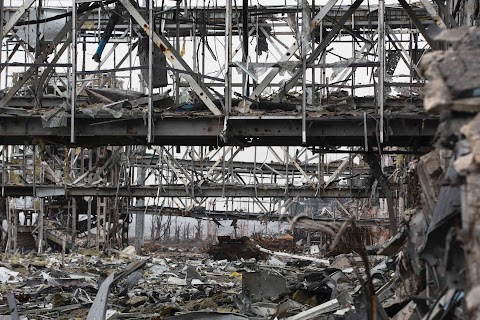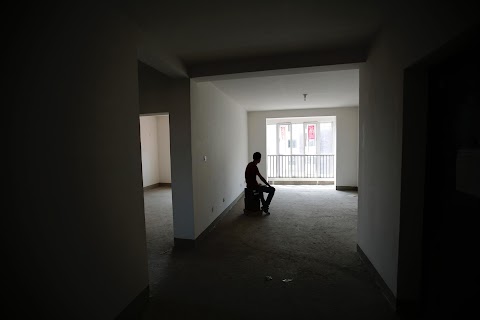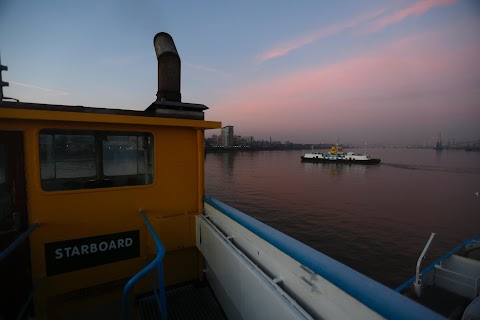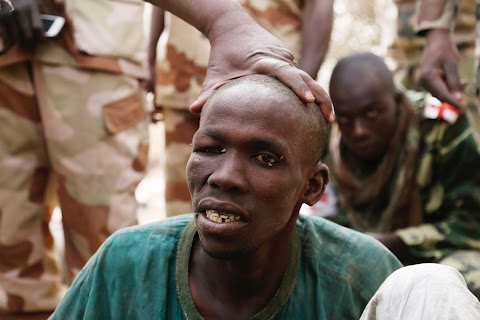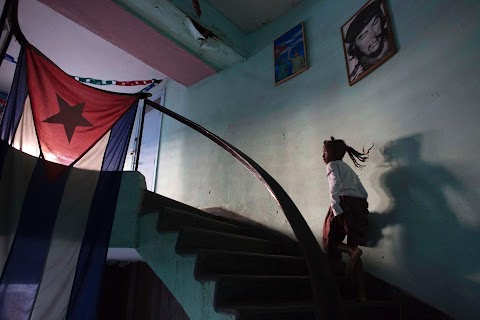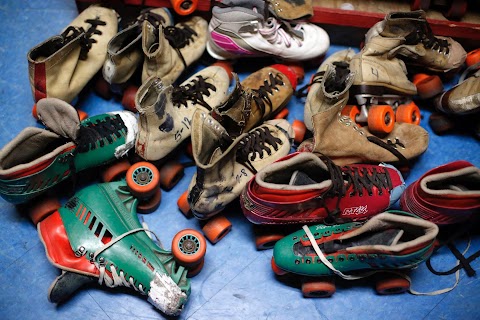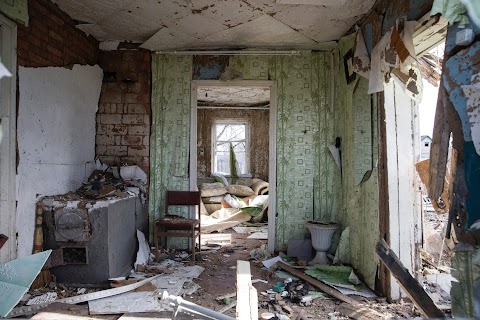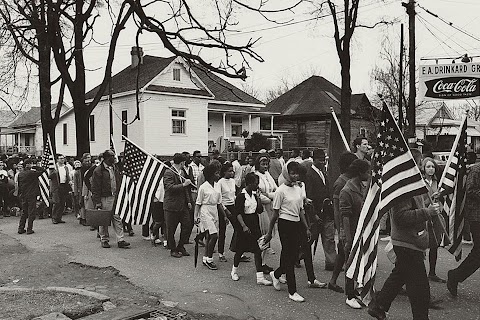
The long struggle for equality
People take part in a civil rights march from Selma to Montgomery, Alabama, during the battle to end racial segregation in the U.S. South.
Marches like this were part of a long and hard fight to ensure voting and other rights for black people in a country which still grapples with the legacy of slavery, segregation and racial bias.

Under the segregation laws, black people were separated from whites in many aspects of daily life, including public transport. One of the most memorable U.S. civil rights battles was fought on a bus, when Rosa Parks was arrested for refusing to give up her seat for a white passenger.
Last weekend president Barack Obama, the first black president of the United States, declared the work of the U.S. civil rights movement advanced but unfinished in the face of ongoing racial tensions, including discrimination from police against black citizens nationwide.
Slideshow

A sign is seen on a restaurant in Lancaster, Ohio, in this August 1938 photograph.

A child uses a drinking fountain on the county courthouse lawn in Halifax, North Carolina, in this April 1938 photograph.

A man drinks at a "colored" water cooler in a streetcar terminal in Oklahoma City, in this July 1939 photograph.

A high school student is being educated via television in this September 1958 photograph, taken during the period that schools in Little Rock, Arkansas, were closed to avoid integration.

A young boy watches a group of people, some carrying American flags, march past to protest the admission of the "Little Rock Nine" to Central High School in Little Rock, Arkansas.

A group of people, one holding a Confederate flag, surround speakers and National Guard while protesting the admission of the "Little Rock Nine" to Central High School in this August 1959 photograph.

Alabama Governor George Wallace stands defiantly at a door while being confronted by Deputy U.S. Attorney General Nicholas Katzenbach while attempting to block integration at the University of Alabama in Tuscaloosa.

Martin Luther King is pictured with other civil rights leaders during the civil rights march in Washington D.C.

People carry signs during the civil rights march in Washington D.C.

People carry signs calling for equal rights, integrated schools, decent housing, and an end to bias during the civil rights march on Washington D.C.

Two men read a newspaper with the headline "They're Pouring In From All Over" during the civil rights march in Washington D.C.

A crowd is seen behind a storm fence with police on the other side during the civil rights march in Washington D.C.

Civil rights leaders, including Martin Luther King Jr. (fifth from the left) meet with President John F. Kennedy (fourth from the right) in the Oval Office of the White House.

A young woman casts her ballot at Cardoza High School in Washington D.C.

A group viewing the bomb-damaged home of Arthur Shores, NAACP attorney, in Birmingham, Alabama.

A soldier stands guard at 7th and N Street, N.W., Washington, D.C., with the ruins of buildings that were destroyed during the riots that followed the assassination of Martin Luther King, Jr.

Firefighters spray water on shops that were burned during the riots in this April 1968 photograph.

Smoke rises near the U.S. Capitol during the riots that followed the assassination of Martin Luther King, Jr.

A "Don't work" sign promoting a holiday to honour the anniversary of the assassination of Martin Luther King, Jr. is seen on a shop on H Street, N.W., Washington, D.C.
